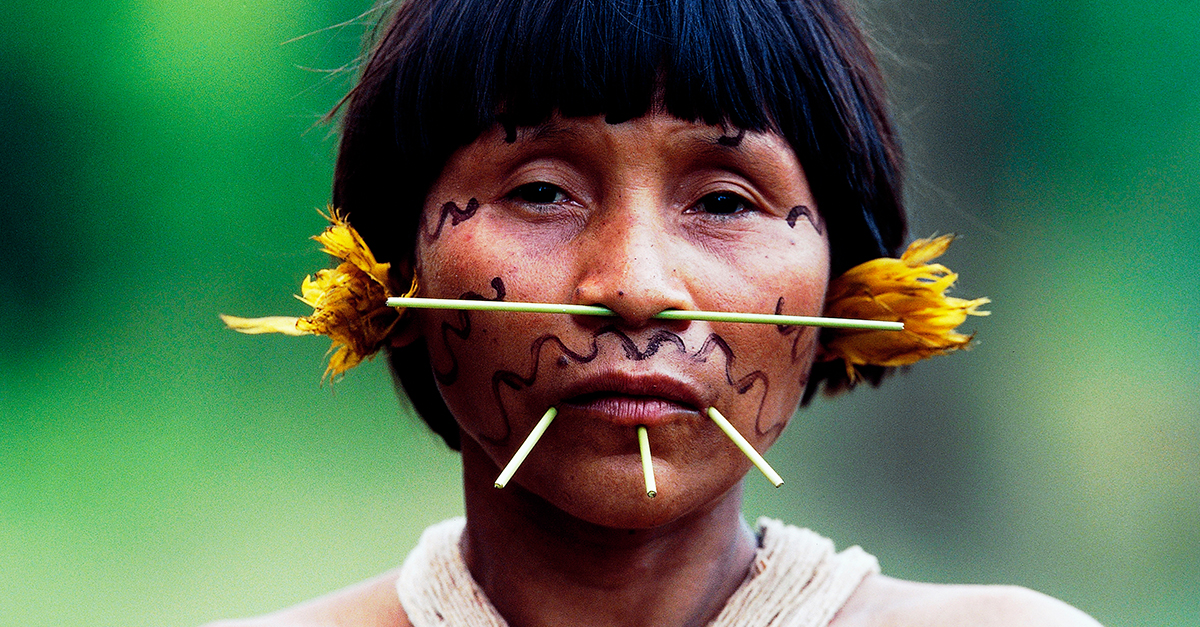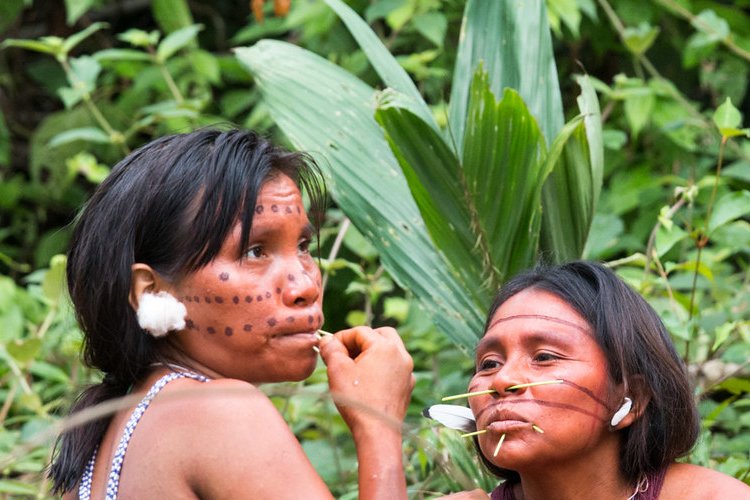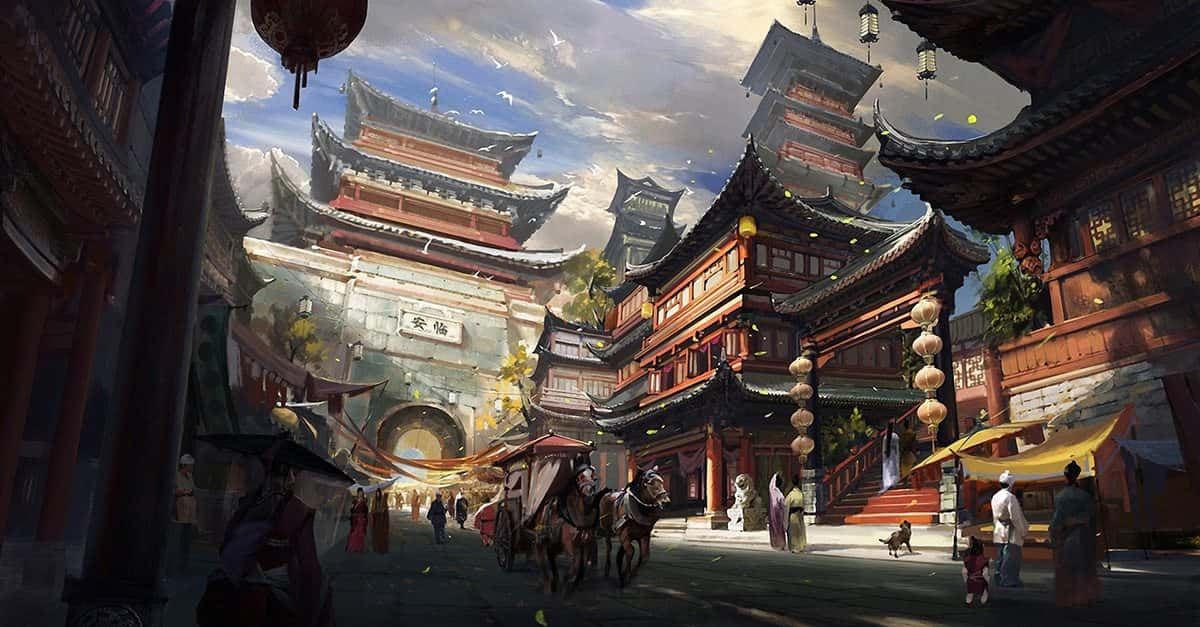The Yanomami
The largest, mostly isolated, tribe in South America is the Yanomami. They have hundreds of villages in the Amazon rainforest between Brazil and Venezuela.
Today, their population is roughly 45,000.
Their Beginnings
Around 15,000 years ago, the Yanomami likely arrived by crossing the Bering Straits and slowly migrating down to South America. It wasn't until the 1940s that outsiders came in contact with them.
 Palácio, CC BY 2.0, Wikimedia Commons
Palácio, CC BY 2.0, Wikimedia Commons
Contact With Outsiders
The Brazilian government became involved with the Yanomami tribe once they established what was called the Indian Protection Service. However, this seemed to do more harm than good.
 Cmacauley, CC BY-SA 3.0, Wikimedia Commons
Cmacauley, CC BY-SA 3.0, Wikimedia Commons
Exposure To Illnesses
Increased contact between The Yanomami and outsiders, including religious missionaries, exposed the tribe to foreign illnesses like the flu and measles—and many didn't survive. But that was only the beginning.
They Were Not Immune To New Diseases
In the early 1970s, they faced in even more tragedy when the government made a road through the Amazon. The Opiktheri community were blindsided when bulldozers arrived. They received no warning.
Sadly, two villages weren't immune to the diseases this brought—and this took them both out.
 Palácio do Planalto, CC BY 2.0, Wikimedia Commons
Palácio do Planalto, CC BY 2.0, Wikimedia Commons
Colonization Continues
In addition to unleashing diseases, this road deeply affected the Yanomami people in other ways. It allowed colonists access to resources. Even today, this road is still utilized to access the Yanomami land, leading to deforestation.
But that wasn't the only nightmare they faced.
The Gold Rush
The 1980s was another distressing decade for the Yanomami. There was an invasion of 40,000 gold-miners. These miners had no care for the Indigenous people, decimating villages and even shooting them.
In seven years, 20 percent of the Yanomami lost their lives.
 Ambar, CC BY-SA 3.0, Wikimedia Commons
Ambar, CC BY-SA 3.0, Wikimedia Commons
Pushing The Miners Out
In the background of all this terror, the CCPY—the Pro-Yanomami Commission—had been working on an international campaign to define an area for the Yanomami.
This finally happened in 1992. They had the right to 37,320 square miles, and the vicious miners had to leave... but this still didn't protect the Yanomami people.
 Fabio Rodrigues Pozzebom, CC BY 3.0, Wikimedia Commons
Fabio Rodrigues Pozzebom, CC BY 3.0, Wikimedia Commons
Convicted Of Genocide
Despite the new demarcation of land, the gold-miners returned—and wreaked havoc. In 1993, there was a horrific massacre. At the hands of gold miners, 16 people from the village of Haximú lost their lives.
Following this act of terror, the Brazilian court punished the guilty miners, convicting them of genocide.
 Cmacauley, CC BY-SA 3.0, Wikimedia Commons
Cmacauley, CC BY-SA 3.0, Wikimedia Commons
How They Live
The Yanomami dwellings are called shabonos or yanos. These are communal homes that are quite large and circular, and can even accommodate up to 400 people.
The open area in the center of the shabonos is a place to participate in games, feasts, and rituals.
 Kuliw, CC BY-SA 4.0, Wikimedia Commons
Kuliw, CC BY-SA 4.0, Wikimedia Commons
Using The Hearth
Throughout the day, each family prepares their meals at their personal hearths. And when nighttime falls, they sleep in hammocks, which are strung up close to the hearth for warmth.
 Gullane, The Last Forest (2021)
Gullane, The Last Forest (2021)
They Don't Have Chiefs
When it comes to decision making, the Yanomami use a consensus method. They have a strong belief in the equality of everyone in the tribe. There are no chiefs overseeing the communities, and every community has its own independence.
Everyone has a voice, and solutions are usually reached through serious debate.
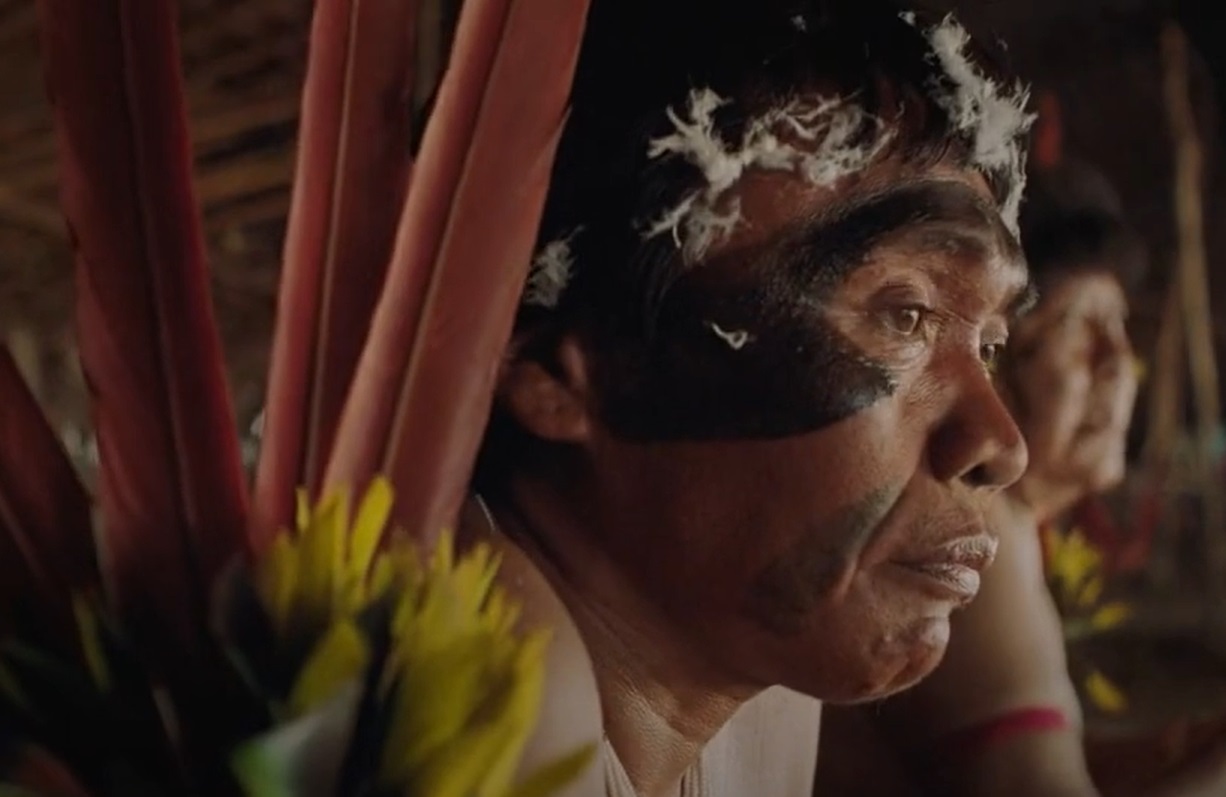 Gullane, The Last Forest (2021)
Gullane, The Last Forest (2021)
The Role Of Men
Men are responsible for hunting. They target animals like deer, monkey, tapir, and peccary. To aid their hunting, they poison their game with a plant extract called curare.
 Gullane, The Last Forest (2021)
Gullane, The Last Forest (2021)
The Role Of Men
Even though the Yanomami men hunt, the practice only brings in about 10% of the tribe's food. However, the skill of hunting, and the meat itself, is held in high regard.
 Gullane, The Last Forest (2021)
Gullane, The Last Forest (2021)
The Role Of Men
The man who takes down an animal will not eat the meat, choosing to give it back to the community. Hunters can only eat meat that has been shared with them by a different hunter.
 Gullane, The Last Forest (2021)
Gullane, The Last Forest (2021)
The Role Of Women
Women are responsible for around 80% of the community's food. They look after about 60 crops, but also forage for insect larvae, nuts, and shellfish.
The Yanomami highly value wild honey—and produce 15 varieties.
 Gullane, The Last Forest (2021)
Gullane, The Last Forest (2021)
Working Together
Fishing is another beast altogether. Everyone in the community helps with this task: men, women and children. However, their fishing is much different than the Western hobby you might be thinking of.
 Gullane, The Last Forest (2021)
Gullane, The Last Forest (2021)
Timbó Fishing
The Yamomami go timbó fishing. Timbó is a poison they get from vines. These vines are pounded and then placed in the water, stunning any nearby fish. Quite conveniently, the fish will come to the surface, making them easy to collect.
 Gullane, The Last Forest (2021)
Gullane, The Last Forest (2021)
Raising Children
When it comes to familial duties, women are expected to have many children. Young girls become involved in domestic work early on and help their mothers.
 Sam valadi, CC BY 2.0, Wikimedia Commons
Sam valadi, CC BY 2.0, Wikimedia Commons
Basket Weaving
Yanomami women are also known for their beautiful woven baskets. These baskets are important for transporting food, crops, and plants. They're painted with onoto—a red berry that is also used to dye loin cloths and decorate the body.
Facial Decorations
Yanomami women use sticks to decorate their faces. These sticks pierce the lip and cheeks.
Spiritual Beliefs
The Yanomami are incredibly spiritual. Every part of life has its own spirit, including live animals, rocks, plants, etc. However, not all of these spirits are kind.
Shamans
The Yanomami believe that some spirits are nefarious—and even the root of some diseases. Shamans contact these spirits by using a hallucinogen to enter trances. This spirits are known as xapiripë.
 Gullane, The Last Forest (2021)
Gullane, The Last Forest (2021)
Contacting The Spirits
Davi Kopenawa, a famous shaman and activist. He explained what it was like to see these spirits, or xapiripë:
"Only those who know the xapiripë can see them because the xapiripë are very small and bright like light. There are many, many xapiripë, thousands of xapiripë like stars. They are beautiful, and decorated with parrot feathers and painted with urucum (annatto) and others have oraikok, others have earrings and use black dye and they dance very beautifully and sing differently."
 Gullane, The Last Forest (2021)
Gullane, The Last Forest (2021)
The Women Prepare For The Ceremony
Many of these spiritual ceremonies don't involve women, however the women do lay the groundwork for them. The women are responsible for fermenting drinks and providing sustenance for the men.
 Gullane, The Last Forest (2021)
Gullane, The Last Forest (2021)
Endocannibalism
However, women do participate in endocannibalism. This is where the ashes of the dead are consumed after being added to stewed bananas. This ritual is believed to strengthen the tribe while simultaneously keeping the deceased person's spirit alive.
Mourning
The Yanomami will mourn during the tradition of endocannibalism, and will share the story of the late person's life—even saying their name (the only time this will happen after a person passes).
 Gullane, The Last Forest (2021)
Gullane, The Last Forest (2021)
Menstruation
In Yanomami, "roo" means menstruation, but when translated to English, it means "squatting." This is because women believe that menstrual blood is toxic. Therefore, they don't use anything to absorb it.
 Gullane, The Last Forest (2021)
Gullane, The Last Forest (2021)
Menstruation
A girl's first period is a coming-of-age moment. She moves from childhood to adulthood, and must now cover herself with a loincloth. Because Yanomami are often pregnant or nursing, they usually experience very few menstrual cycles.
 Gullane, The Last Forest (2021)
Gullane, The Last Forest (2021)
Marriage
Marriage is not a cause for celebration in Yanomami culture. Instead, it is more of a strategical alliance between men from different villages, who are looking to create political ties.
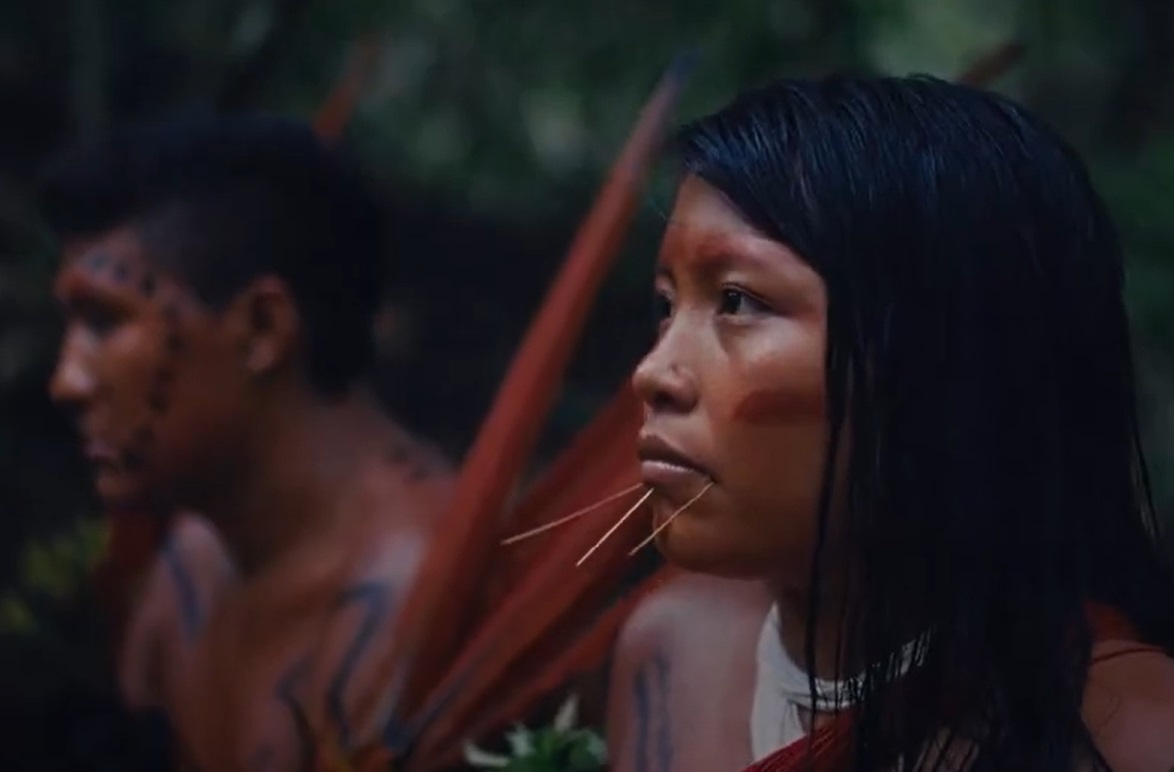 Gullane, The Last Forest (2021)
Gullane, The Last Forest (2021)
Marriage
Men can have multiple wives. Due to the practice of polygamy, there is a high demand for women. Girls as young as five or six can be promised to a future spouse, but will not be considered ready for marriage until she begins menstruating.
 Gullane, The Last Forest (2021)
Gullane, The Last Forest (2021)
Marriage
Following a woman's first period, her parents will give her to her betrothed. Often this is a close relative like a cousin. Cross-cousin marriages are the most common amongst the Yanomami.
 Gullane, The Last Forest (2021)
Gullane, The Last Forest (2021)
Marriage
Once a girl begins her married life, she now serves her husband—performing the domestic chores she once did with her mother.
 Gullane, The Last Forest (2021)
Gullane, The Last Forest (2021)
Marriage
The Yanomami have a reputation for being quite aggressive with one another. Abusive relationships are not uncommon, and some men are known to discipline their spouses by beating them.
If things become too intolerable, a woman might flee her marriage, choosing to live with her brothers instead.
 Gullane, The Last Forest (2021)
Gullane, The Last Forest (2021)

